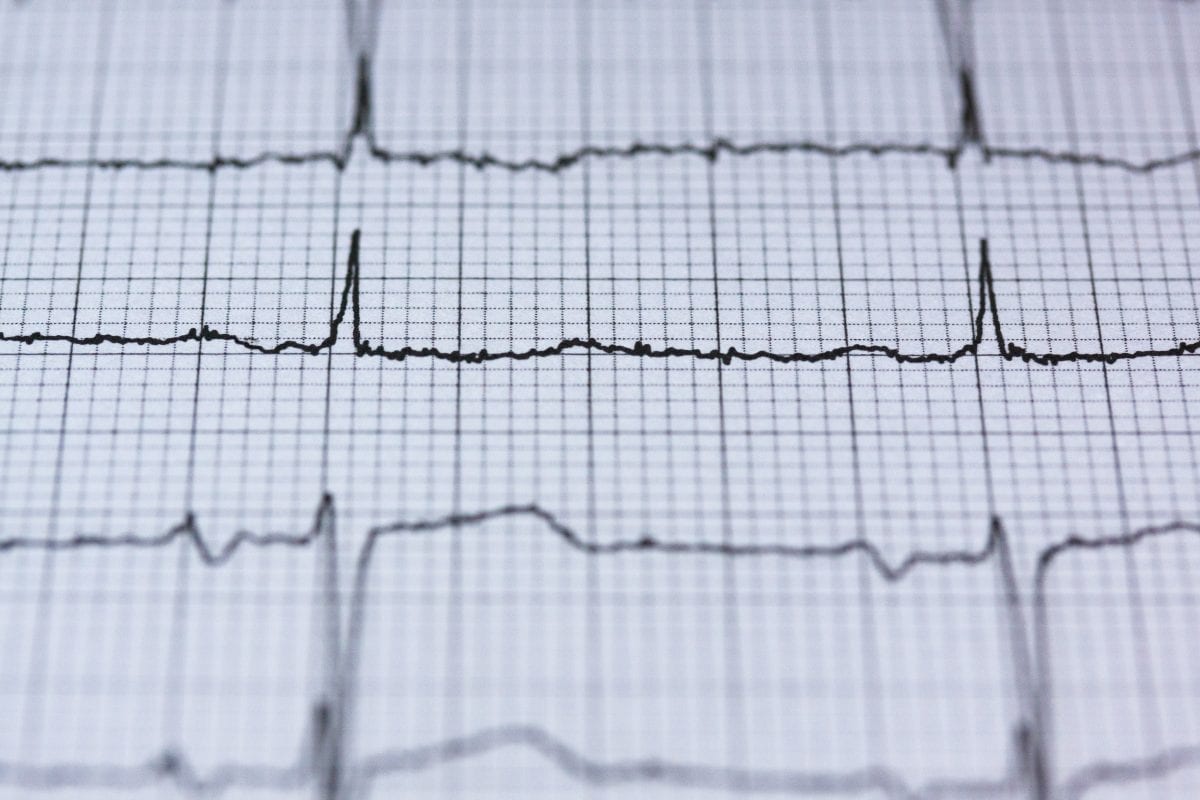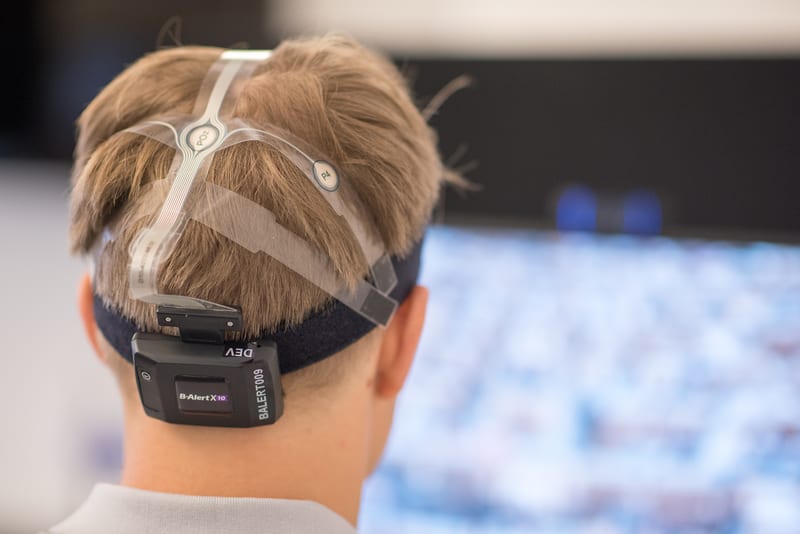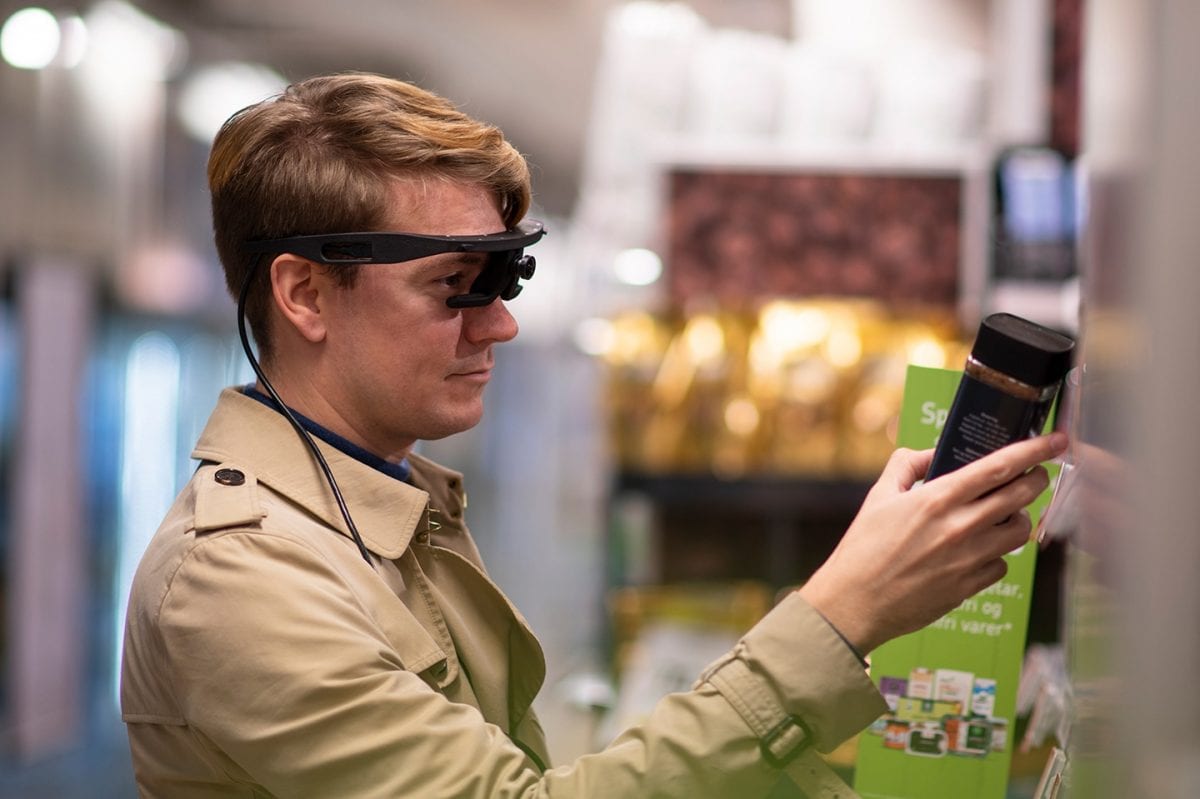Understanding human behavior is essential for fields like psychology, marketing, and human-computer interaction. This comprehensive guide delves into the physiological aspects of human behavior, exploring how biosensors capture psychophysiological responses to various stimuli.
Table of Contents
As fantastically (and fanatically) self-aware organisms, we humans tend to ascribe great importance to our intellectual processes: We’re rational and reasoning creatures, we assert, capable of stepping back and assessing our own behavior through an analytical lens.
Like any other biological entity, however, we’re interacting with and responding to our environment in myriad ways well beyond the realm of our conscious perception. We usually take these nonconscious, autonomic aspects of our being for granted, but naturally, they’re fundamental to both our appreciation of the world around us and, critically, our day-to-day survival.
We don’t need to compel ourselves to shiver when the mercury drops; our hand recoils at the lick of the flame or the bite of the dog. Thankfully, we don’t have to think our way through the mechanics of walking in order to pull it off – start trying to, and you’re liable to beeline for the pavement.
The conscious and the nonconscious, the voluntary and the involuntary: When it comes to Homo sapiens, these processes aren’t either-or propositions. They’re thoroughly intertwined, influencing and echoing one another. In short, human beings (breaking news) are complicated systems, and the study of human behavior is a complex task. Parsing out behavioral and emotional nuances requires zoomed-in looks at the tempos and intensities of all kinds of physical and psychological networks – and a holistic, big-picture perspective of how those networks interface with one another.
What influences human behavior?
Human behavior is an intricate tapestry woven from diverse threads of influences, each contributing to the complex patterns of how we act and interact. One of the most fundamental influences is our biological makeup. Genetics play a significant role in shaping our dispositions and behaviors, impacting everything from our temperament to our susceptibility to certain conditions. The brain’s neurochemistry, especially the levels and functions of neurotransmitters like serotonin and dopamine, also significantly affects our mood, decision-making, and behavior.
Psychological factors are another key influence. Our individual personalities, shaped by a combination of innate traits and life experiences, dictate a large part of our behavior. Cognitive processes like perception, reasoning, and memory, along with emotional responses, guide how we interpret and react to the world around us. The impact of early life experiences, particularly during critical developmental stages, can have lasting effects on our behavior and personality.
Equally important is the role of the environment. This encompasses the social and cultural context in which we are raised and live. Our family, peers, education, and broader cultural norms and values significantly influence our behavior. These social factors shape our beliefs, attitudes, and behaviors, often subconsciously.
In essence, human behavior is a complex, dynamic interplay of biology, psychology, and environmental factors. Each aspect plays a critical role in shaping who we are and how we behave, making human behavior a rich field of study with endless nuances and variations.
Types of Human Behavior
Human behavior, in its multifaceted nature, exhibits a spectrum of types, each uniquely influencing how individuals perceive and interact with the world. These behavioral types, shaped by a combination of personal experiences, cultural background, and psychological makeup, play a crucial role in defining an individual’s approach to life and relationships.
Optimistic
Optimistic behavior is characterized by a general expectation of positive outcomes. Optimists typically focus on the brighter side of situations, maintaining a hopeful and confident attitude towards future events. This type of behavior often leads to higher levels of resilience in the face of adversity, as optimists tend to view challenges as temporary and surmountable. Their positive outlook can enhance mental and physical well-being, fostering stronger social relationships and a greater sense of life satisfaction.
Pessimistic
In contrast, pessimistic behavior is marked by a tendency to expect unfavorable outcomes. Pessimists often focus on the potential negatives in a situation and may anticipate failure or disappointment. This outlook can sometimes lead to a more cautious approach to life, potentially reducing the likelihood of taking risks that may result in failure. However, chronic pessimism may also contribute to a decrease in overall life satisfaction and can be linked to higher levels of stress and anxiety.
Trusting
Trusting behavior involves a willingness to rely on the actions and intentions of others, often expecting honesty and integrity. Individuals exhibiting this type of behavior are typically open to forming new relationships and collaborations, assuming that others are generally good and reliable. This trust can foster strong social bonds and effective teamwork, but it also carries the risk of disappointment or exploitation if the trust is misplaced.
Envious
Envious behavior is characterized by a desire for others’ traits, status, abilities, or rewards, often accompanied by feelings of discontent or ill will towards those who possess them. Envy can motivate individuals to improve their own status or abilities, acting as a catalyst for personal growth and achievement. However, if left unchecked, it can lead to negative emotions like bitterness and resentment, which can harm interpersonal relationships and personal well-being.
Physiology and Human Behavior
Researchers interested in how humans respond to stimuli, therefore – whether it’s an Internet ad or an interpersonal encounter – can enhance their investigations by employing biosensors that document psychophysiological patterns.
Self-assessment / self-reporting remains a powerful and useful tool for understanding the how and the why of human behavior but has some major limitations.

People aren’t always entirely honest when describing how something makes them feel – not necessarily because they’re trying to be duplicitous or crafty, but because they may feel pressured by the formal self-critical exercise to give what they think is the “right” answer (or the least embarrassing one).
Furthermore, it’s often exceedingly difficult to explain in coherent sentences our response to a piece of information, or our mood at a given moment. We may not know exactly why we favor one product over another, or why we’re feeling generally joyful or generally depressed (there are many techniques for honing a survey’s efficacy – you can learn more in one of our blog posts).
Meanwhile, physiological data – such as the rate of our heartbeat, the degree of our perspiration, and the direction and rhythm of our eye movements can shed light on behavioral phenomena our conscious minds may deny, distort, or completely fail to register.

The academic and commercial applications of the psychophysiological studies considering such data are virtually limitless, relevant to fields as diverse as neuroscience, psychotherapy, marketing, and design.
Examples of Biosensor Research to Understand Human Behaviour
What’s remarkable about such studies are the incredibly fine-scale insights into the human emotion that can be gleaned from the minute nonconscious or involuntary phenomena.
Consider galvanic skin response or GSR. This is a measure of electrodermal activity: the relative conductance of our skin from perspiration. Sweating is an utterly autonomic operation that, in addition to its role in thermoregulation, is a reaction to arousal, from general excitement to flat-out terror. By measuring sweat production via skin conductance, GSR can reveal evidence for a stimulated, agitated state of being that’s beyond a person’s deliberate control – including arousal too subtle to manifest on the self-aware spectrum.

Electrocardiography (ECG) registers the electrical signature of a heartbeat, revealing intricacies of their rate and variability that, like GSR, can demonstrate physiological, emotional, or psychological arousal.
Then there’s electroencephalography (EEG), which tracks brainwaves via scalp-affixed electrodes that measure the electrical pulses produced by mass neuron firings. An EEG readout indicates the moment-by-moment “geography” of brain activity – which cortex is excited when, basically – as well as the brain’s overall state at a given time.

Eye tracking, meanwhile, quantifies when and where a subject’s gaze lingers, the rhythm of reading, and other optical minutiae, while facial expression analysis looks up-close at the configuration of the face’s musculature for clues to a person’s emotions.

The information outputted by a single kind of biosensor can be intriguing and useful, but only to a point. For instance, GSR and ECG readings can suggest the condition of arousal, but not its valence, or emotional character. In other words, sweaty palms or a ramped-up heartbeat doesn’t reveal whether we’re dealing with a love-at-first-sight (i.e., a positive stimulus) sort of situation or a figure-looming-out-of-the-shadows (i.e., a negative stimulus) deal.
Integrate those electrodermal and cardiac data with EEG, facial expression analysis, eye tracking, and other analyses, and you’ve got a much more multifaceted picture. That’s what iMotions is all about.
Expanding Horizons
As we noted earlier, psychophysiological investigations have wide-ranging utility – whether it’s a company trying to gauge the appeal of a new product design to a prospective shopper, or it’s a therapist treating a patient with post-traumatic stress disorder.
As research into human behavior continues to expand – in concert with improvements in the technology and methodology for implementing that research – it goes without saying that its applications will as well.
FAQ: Understanding Human Behavior
Why is it important to understand human behavior?
Understanding human behavior is crucial for a variety of reasons, both on a personal and societal level. At a personal level, it helps in better self-awareness and self-improvement. By understanding the reasons behind our own actions, we can work towards personal growth and effective decision-making. In interpersonal relationships, understanding behavior aids in communication and empathy, allowing us to build stronger, more meaningful connections with others.
On a broader scale, comprehending human behavior is essential for professionals in numerous fields, such as psychology, sociology, education, marketing, and management. For instance, in psychology and counseling, understanding behavior is key to addressing mental health issues and providing effective therapy. In education, it helps in developing teaching methods that cater to different learning styles. In the realm of business, knowledge of consumer behavior is vital for effective marketing strategies.
What is the psychology theory of human behavior?
The psychology theory of human behavior refers to various frameworks and models used to explain why humans behave the way they do. One of the most influential theories is the Behavioral Theory, which suggests that behavior is learned from the environment through conditioning. This theory is divided into two types: Classical Conditioning, where behavior is associated with a new stimulus, and Operant Conditioning, where behavior is shaped by rewards or punishments.
Another significant theory is the Cognitive Theory, which focuses on internal states, such as motivation, problem-solving, decision-making, and beliefs, to understand behavior. This theory posits that cognitive processes are central to understanding human behavior.
Additionally, the Humanistic Theory, pioneered by psychologists like Carl Rogers and Abraham Maslow, emphasizes individual choice and self-actualization as the primary drivers of behavior. It suggests that humans are inherently good and strive for self-improvement and personal growth.
Understanding human behavior is complex and requires considering various perspectives and theories. Each theory offers unique insights and helps in comprehending the diverse and intricate nature of human actions and interactions.
Free 52-page Human Behavior Guide
For Beginners and Intermediates
- Get accessible and comprehensive walkthrough
- Valuable human behavior research insight
- Learn how to take your research to the next level












